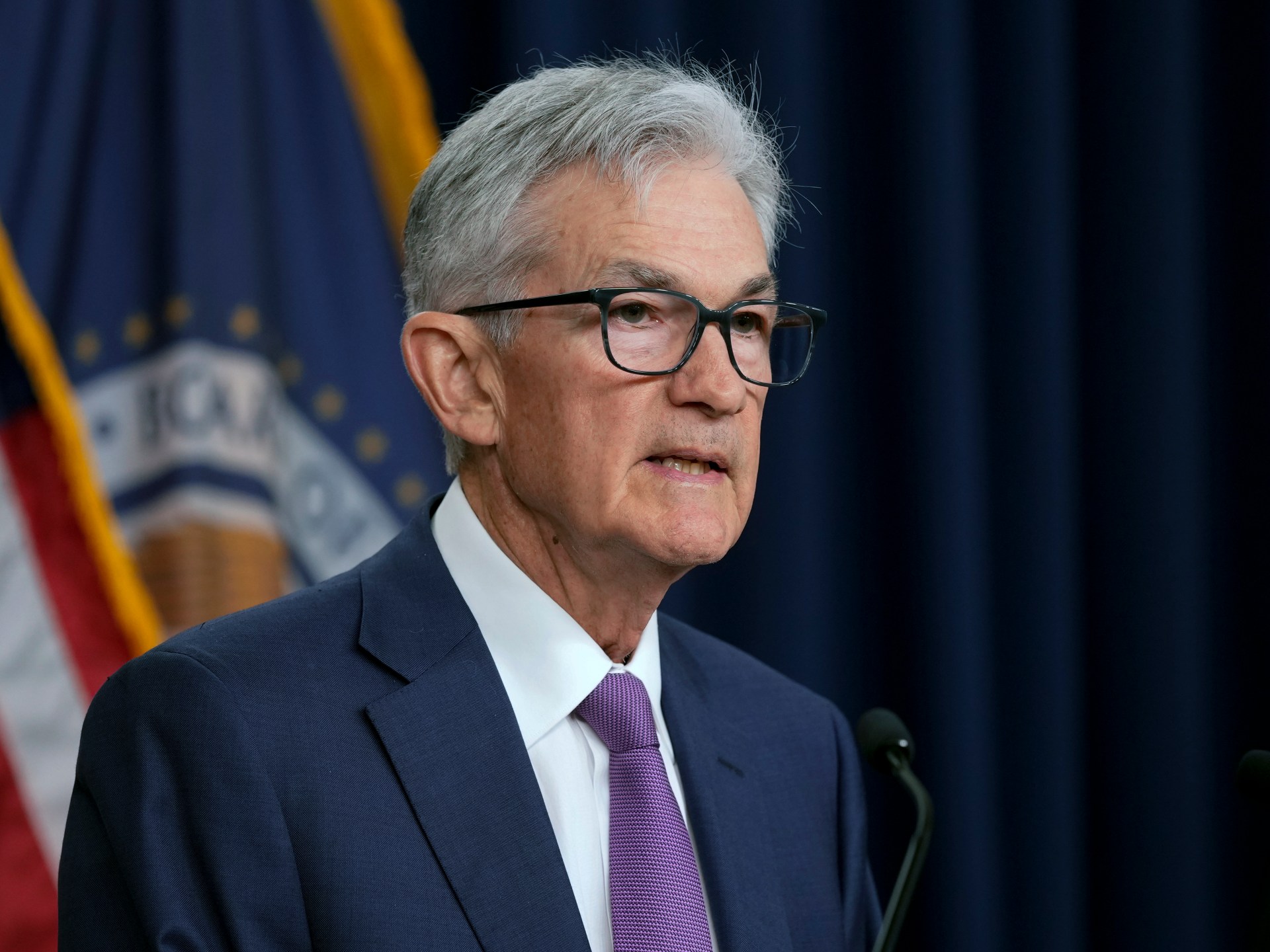Bussiness
Consumers to benefit from Fed rate cut, but how much and when? — Harvard Gazette

The Federal Reserve moved Wednesday to lower the cost of borrowing by cutting a key interest rate by a larger than expected half percentage point, the first reduction in four years. The move signals good news for those with credit card debt and car loans, home buyers, and stock market investors.
Fed Chairman Jerome Powell said the Fed was “encouraged” by the progress they’d seen on inflation and called the U.S. economy “strong overall,” adding to the signals from the central bank that there will be more cuts coming, totaling perhaps as much as another half point by the end of the year.
Powell said the current course can be maintained through “appropriate recalibration” of the Fed’s policy stance. Thus far, it has been able to stave off recession by striking a balance between slowing growth through interest rates to ease inflation while avoiding cooling the economy so much unemployment soars.
The Gazette spoke with economist Jason Furman, Aetna Professor of the Practice of Economic Policy at Harvard Kennedy School and the Department of Economics at Harvard, about how these rate cuts will affect both Wall Street and Main Street. Interview has been edited for clarity and length.
The Fed just made its first rate cut in four years. Was this the right call at the right time?
The Fed made the right move. It’s a tiny bit bigger than I would have done or was expecting. But that’s a rounding error compared to what clearly is the direction that monetary policy needs to go in right now.
Federal Reserve Chairman Jerome Powell noted that had they seen the July jobs figures at the last Fed meeting, they probably would have lowered rates then. Typically, the Fed starts cutting in 0.25-percentage point increments. Is the half-point cut, or 0.5 percentage points, an attempt to correct for that lost time?
I wrote an op-ed right after the July jobs report that began with “Federal Reserve Chairman Jerome Powell must be kicking himself for not cutting the federal-funds rate at last week’s Federal Open Market Committee meeting.” The Fed is about risk management. Ex post they’re always going to get things wrong. The question is: Can you get the balance of risks about right, ex ante, and can you error correct as you go along?
This week’s move was about error-correcting for what was, in retrospect, a very small error six weeks ago. I think that’s a perfectly good argument. And importantly, this is sending a message that if the labor market deteriorates, the Fed will do more.
What’s important about making this message clear is that it will help ensure that the market will do a lot of the Fed’s work for it. For example, if the next jobs report is weak, interest rates will go down because the market knows the Fed will eventually lower those. So even before the Fed acts, the market will now be, basically, more aggressive in keeping the labor market and job growth on track. And that’s a good thing.
It’s what’s called a reaction function, because the world is uncertain. It’s bouncing around in ways you don’t anticipate, and you want people — market participants, businesses — to have contingency plans — “If such and such happens, here’s what we’ll do.” And today was a clear message that, if you see the unemployment rate go up, we’re going to cut rates a decent amount.
There appears to be strong Fed support for perhaps two additional cuts by the end of the year. Is that likely to happen?
Yes, every other meeting the Fed publishes a forecast of what the Federal Open Market Committee, the people that vote on the rates, expect them to be. And the median forecast that was published today was for two more rate cuts of 25 basis points each this year.
Moreover, there was broad agreement on this in that there were very few FOMC members who were signaling no further action with their so-called forecast dots. So that was the way the Fed sent the signal. Jay Powell made it sound like two more rate cuts, but again, they don’t know what the data will be like. Two scary inflation reports, and maybe they’ll call those rate cuts off. That’s why they move gradually, so they can call things off if they no longer make sense.
“This is sending a message that if the labor market deteriorates, the Fed will do more.”
What impact do you expect this may have on business?
Very little in the next couple months, but on a six- to 12-month time horizon, this will result in a little bit more job creation, a little bit more economic growth, and a tiny bit higher inflation than we otherwise would have had.
How will this affect mortgage interest rates? Will this do much for the nation’s housing affordability crisis we’re in?
We have seen in recent months mortgage rates coming down because the market was expecting this to happen. Mortgage rates, though, are still pretty high. They’re more likely to continue to move down as the Fed continues to ease policy. This will help housing affordability.
I don’t love that the Fed’s main tool really affects some parts of the economy, like housing, much more than other parts of the economy. I wish they had a tool that spread itself more easily across everything, but unfortunately, they don’t.
In recent months, consumers have been taking longer to pay down debt like credit-card balances. How soon can they expect to see some relief?
It’s hard to be sure because the rates that consumers pay aren’t just based on the Fed funds rate, but also on what it’s expected to be in the future as well as other factors like the amount of risk about repayment. And these interest rates have built in the changes that are expected in the future. It’s not just mortgages, car loans, credit-card interest rates — all of those are lower than their peak.
But for at least another year, they’re still going to be on the high side. There’s a huge amount of uncertainty. I would be very surprised if rates fell a lot in the next couple of months. And unfortunately, it’s unlikely that interest rates will go back to being anywhere near as low as they were in 2021, or even before COVID hit.








